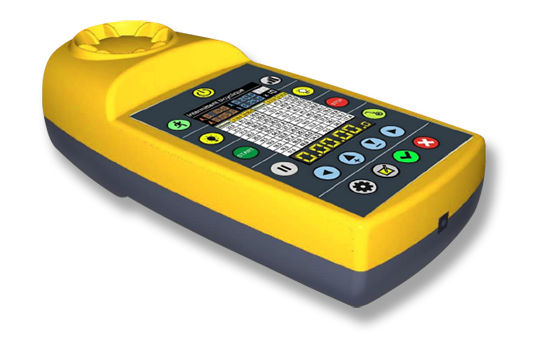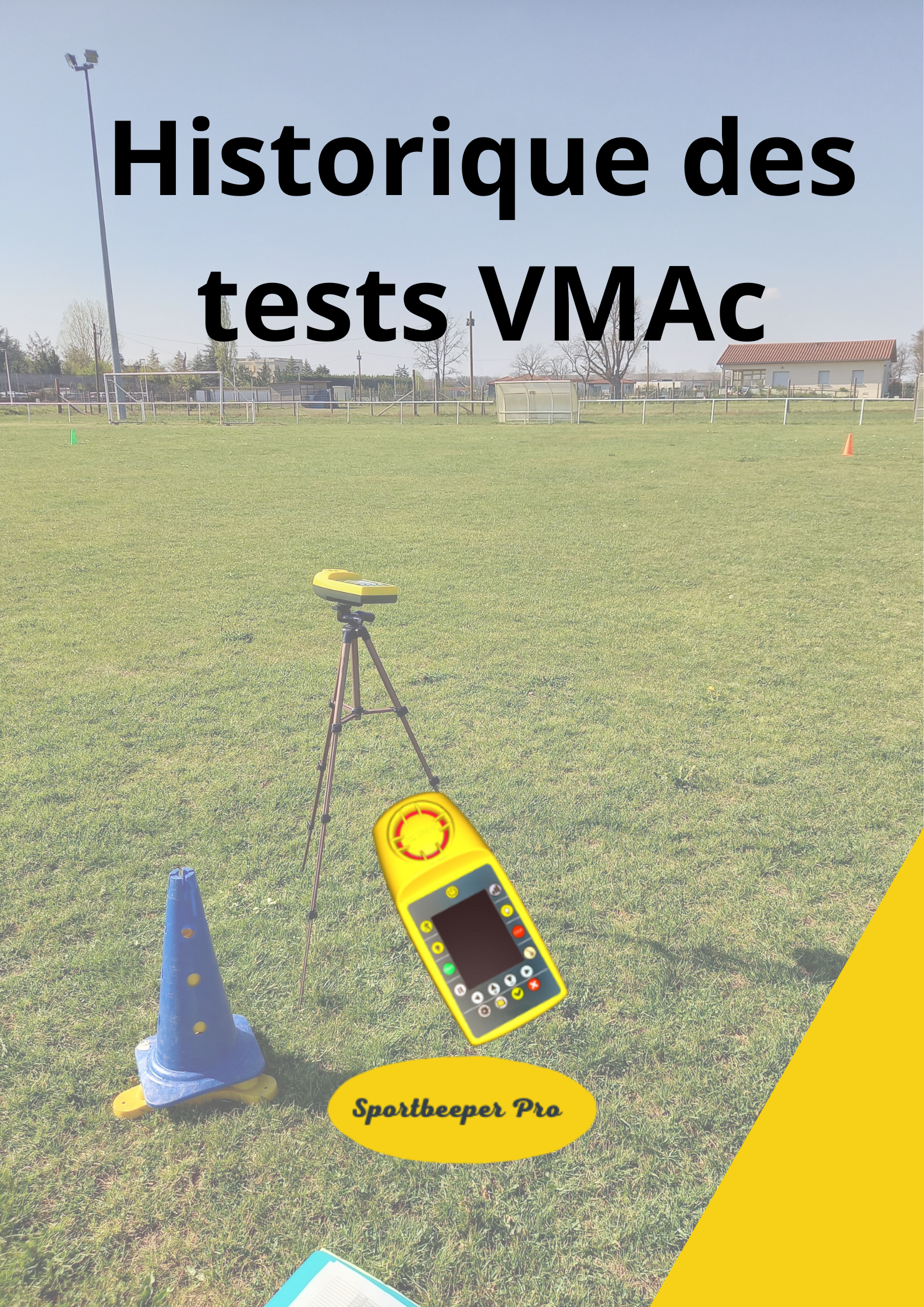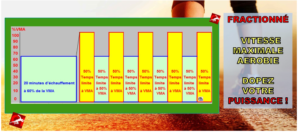History of intermittent MAS
Intermittent MAS (Maximum Aerobic Speed) is a relatively recent concept in the field of exercise physiology and sports performance. Its emergence dates back some four decades, when researchers began exploring the relationship between running speed and maximal oxygen consumption (VO2max). Indeed, it was in 1984 that speed was first significantly associated with VO2max.
This association was established by pioneering work carried out by Daniels and colleagues in 1983. They introduced the concept of “vVO2max”, short for “speed associated with VO2max”. This speed represented the rate at which an individual reached VO2max during an incremental treadmill test. In other words, it was the maximum speed at which a person could maintain effort while reaching the maximum level of oxygen consumption.
Since then, vVO2max has become an important tool in the assessment and prescription of training in running and other endurance sports. It provides valuable information on an individual’s fitness level and aerobic capacity, as well as their performance potential.
There are various methods for calculating vVO2max, each with its own advantages and limitations. Among the most commonly used approaches are estimates based on field tests such as track running tests or treadmill assessments, as well as calculations derived from mathematical formulae taking into account variables such as distance and running time.
We can calculate this using a variety of methods:
Using the relationship between running speed at sub-maximal paces and oxygen consumption
Equation of Di Prampero (1986): vVO2 max (m.min-1) = VO2max (ml.kg-1.min-1)/ Cr (ml.kg-1.m-1)
Speed reached at the end of a progressive and maximum plateau.
1.MAS test on mats and in the field
The study carried out by Lacour et al. in 1991 revealed a significant difference between the speed associated with VO2max (Vv02max) obtained during laboratory tests on a treadmill and the Maximal Aerobic Speed (VMA) measured during track tests. This discovery highlighted the impact of test conditions on the results obtained, emphasizing that the test environment can influence the aerobic performance measured.
Subsequent research by Laiche and colleagues corroborated these findings, highlighting significant differences between the results of MAS tests performed on treadmills and in the field. They noted that VMA tended to be higher in tests performed on a treadmill inside a laboratory compared with outdoor track tests. This disparity can be attributed to a number of environmental factors that complicate outdoor testing and can therefore alter measured performance.
These include the impact of wind, temperature variations and even weather conditions such as rain. These external elements can interfere with an individual’s ability to maintain a constant speed and fully express their aerobic potential. As a result, the performance recorded during track tests may be slightly lower than that measured on a treadmill.
To compensate for this difference, it is advisable to adjust the configuration of the treadmill used in laboratory tests. A commonly recommended method is to raise the inclination of the treadmill slightly, usually by 1-3%.
2.The birth of intermittent MAS testing
Berthoin recommends choosing a field test. The best-known are the VAMEVAL test and the Navette Léger Boucher test. The intermittent MAS can be seen as a measure of aerobic fitness. However, there were differences between the results of continuous VMA tests and the speed at which intermittent tests had to be run in order to achieve maximum aerobic load for a sufficiently long time for adaptation to take place.
Intermittent MAS tests were therefore developed to obtain a speed suitable for intermittent exercise. These should be distinguished from continuous VMA tests. The first intermittent triangular VMA test was the 45-15 test developed by Georges Gacon. Intermittent VMA is thus different from continuous VMA
The sportbeeper PRO is the ideal tool for VMA tests



